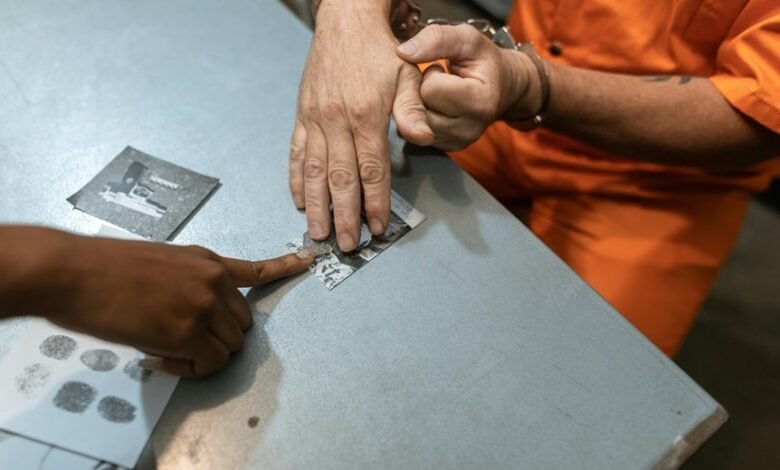Igyta404: O Impacto da Identificação no Processo Judicial

The integration of identification technologies, especially biometric authentication, is transforming judicial processes by enhancing evidence verification and data integrity. While these advancements offer increased transparency and fairness, they also introduce complex challenges related to privacy and security. Understanding the balance between technological benefits and potential risks is crucial for shaping future legal procedures. The implications of these innovations warrant careful consideration as legal systems adapt to an evolving digital landscape.
How Igyta404 Enhances Evidence Verification
How does Igyta404 improve the process of evidence verification within the judicial system?
By leveraging biometric authentication, it enhances accuracy and integrity, reducing fraud risks.
Simultaneously, it safeguards data privacy, ensuring sensitive information remains protected.
This technological advancement promotes transparency and trust, empowering individuals seeking justice and reinforcing the principles of freedom and individual rights.
Challenges and Concerns Surrounding Digital Identification
The adoption of digital identification systems in the judicial process presents a range of significant challenges and concerns that warrant careful consideration. Privacy issues and data security are paramount, as vulnerabilities could compromise individual rights and undermine trust.
Addressing these concerns is essential to ensure that technological advancements serve justice without infringing on fundamental freedoms.
Future Implications for Justice and Legal Procedures
As digital identification systems become more integrated into judicial processes, their potential to reshape legal procedures and outcomes warrants thorough examination.
Privacy concerns and technological barriers may influence access and fairness, highlighting the need for balanced frameworks that safeguard individual rights while enabling innovation.
Future implications demand careful regulation to ensure justice remains equitable and transparent.
Conclusion
As biometric technologies become integral to judicial processes, their transformative potential is akin to a double-edged sword—enhancing accuracy while risking privacy breaches. For instance, a landmark case where biometric evidence secured a wrongful conviction underscores both promise and peril. Balancing innovation with robust safeguards is essential to ensure that justice is served without compromising fundamental freedoms. Ultimately, responsible integration of identification technologies can uphold the integrity of legal systems, fostering trust and fairness.





